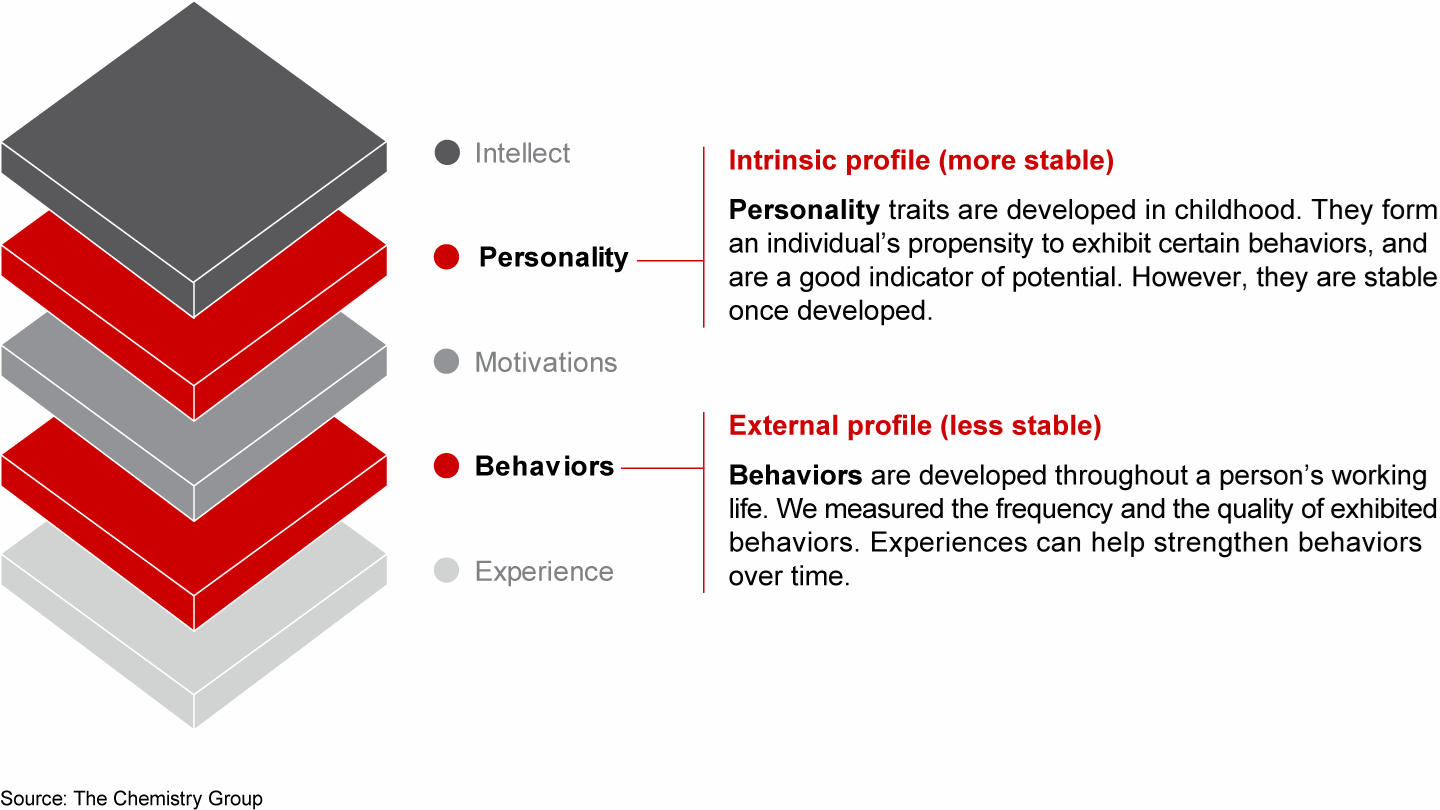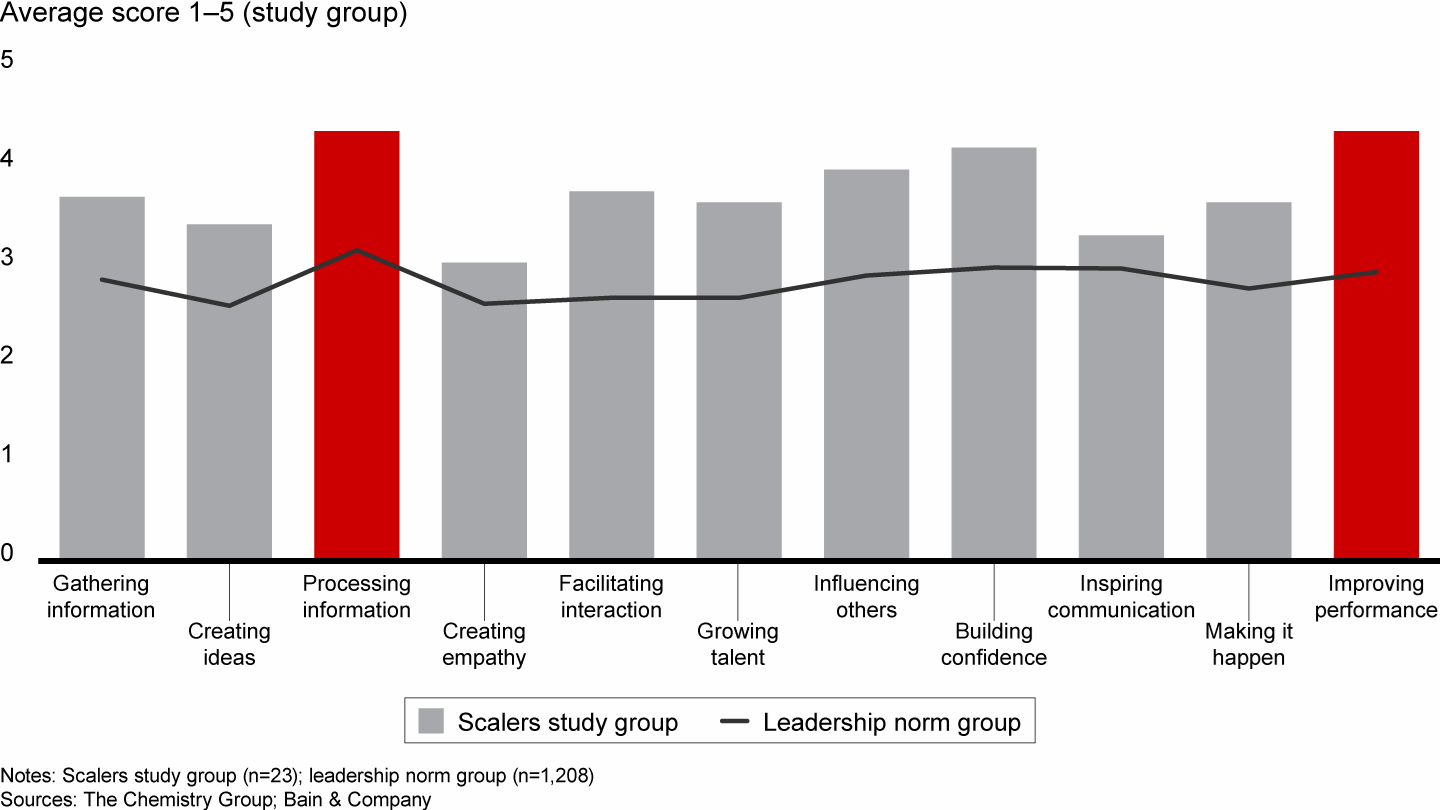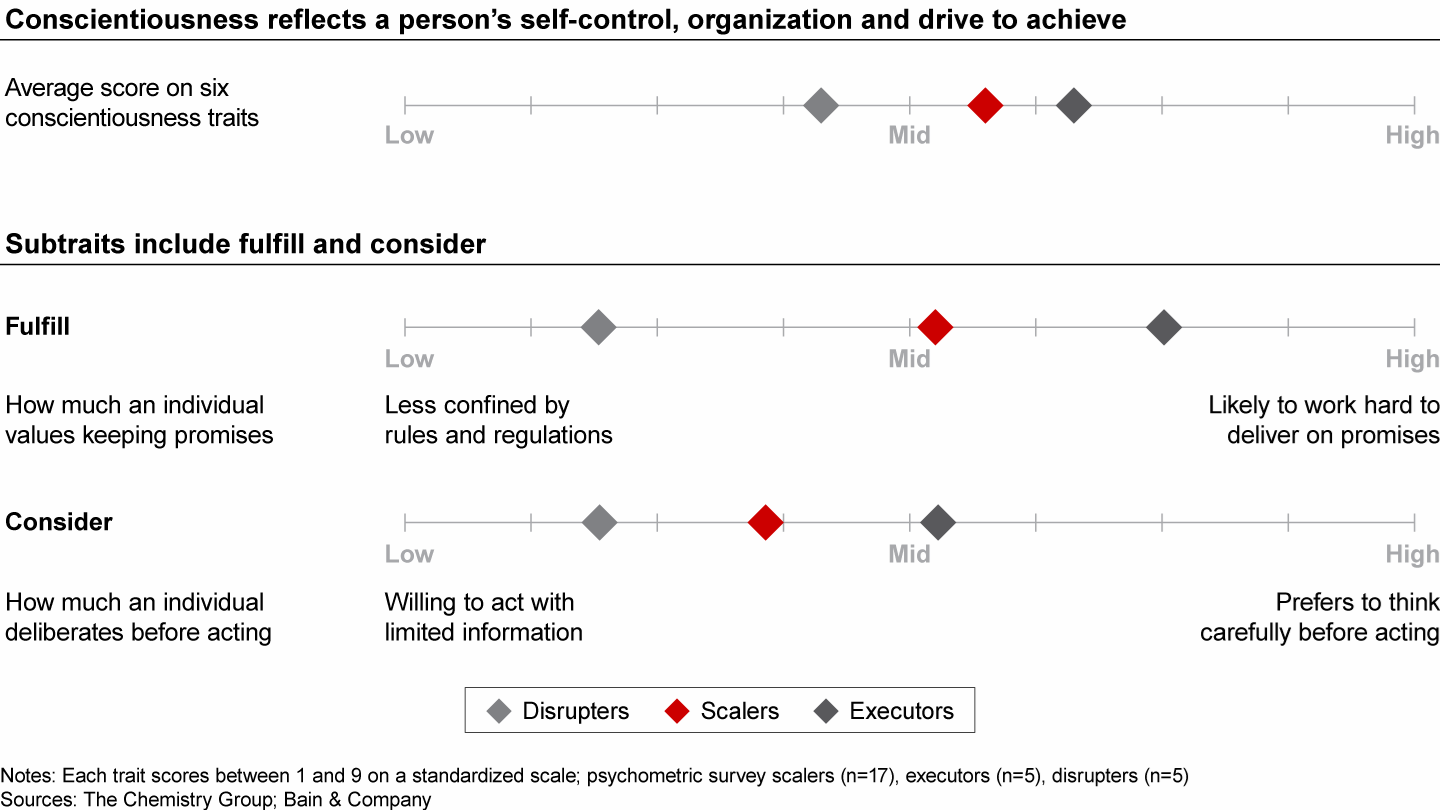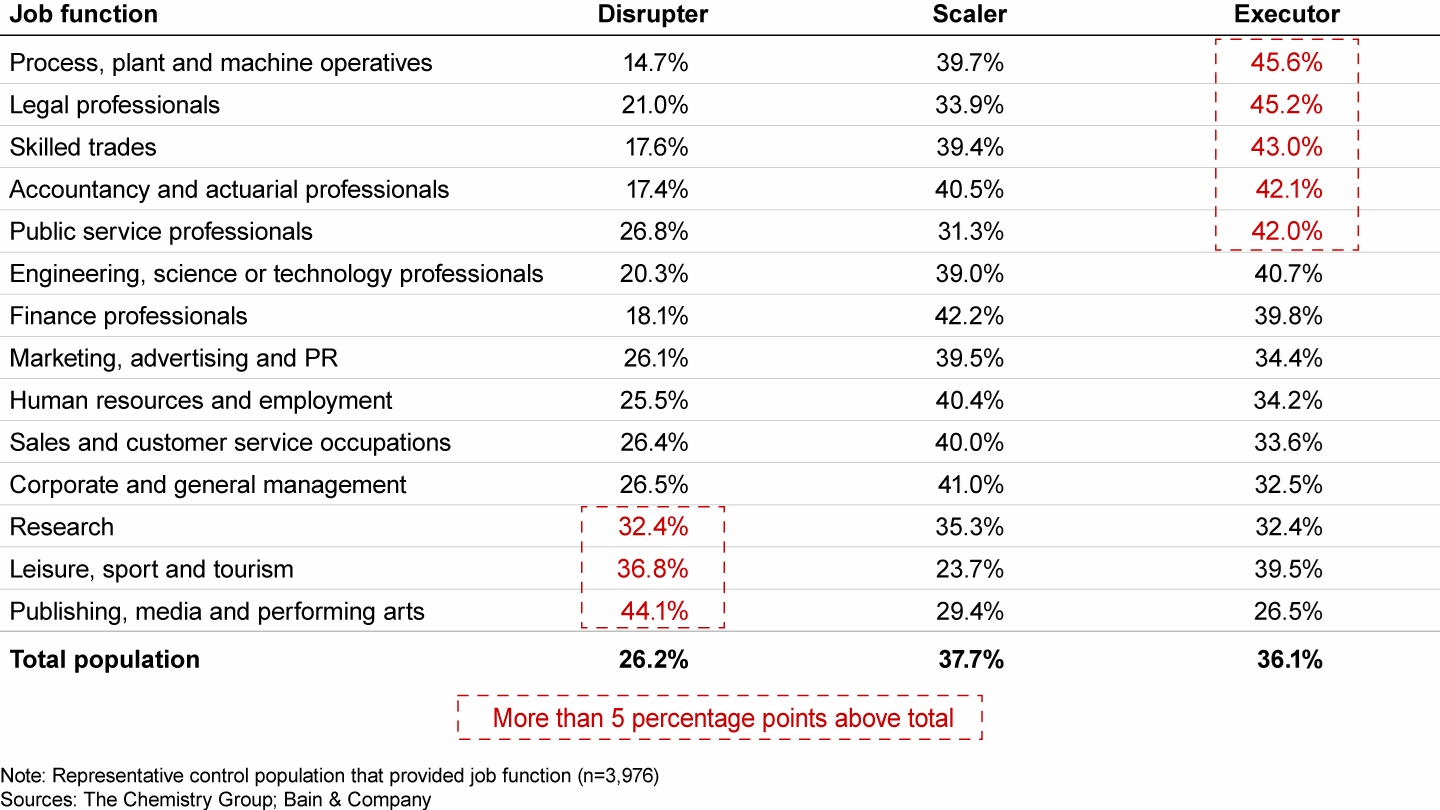Founder's Mentality Blog

Sustainable, profitable growth requires more than innovation; it requires business building. Most large incumbent companies have lost the ability to build new businesses. They don’t declare war on their industry on behalf of an underserved customer segment. They don’t disrupt industries, products and services, or business processes. They don’t invest to develop innovations through uncertainty and entrepreneurship. These big, slow-moving firms kill their growth with internal complexity.
The most successful companies retain the ability to build businesses by acting like the scale insurgent in their industry. Scale insurgents capture the benefits of size while maintaining a strong sense of Founder’s Mentality, which we define as a clear insurgent mission, a frontline focus and an owner mindset. Their greatest advantage is the ability to compete on both scale and speed.
How can incumbent companies reinvigorate their Founder’s Mentality and become fast-moving scale insurgents? They can launch micro-battles. In micro-battles, small, cross-functional teams take a bold strategic initiative and translate it into a prototype that can be tested in the marketplace. They turn a winning prototype into a repeatable model that can be scaled across the organization. Senior leaders, who manage the full portfolio of battles, work to amplify the impact of individual teams and recognize patterns across the board. This process challenges bureaucratic behaviors and prods executives to embrace a new way of working.
There’s a key tension in micro-battles. Teams must pursue fast prototyping but also obsess over scaling innovation across the enterprise. They must be masters of disruption and scalable execution. Effective organizations tackle this problem by developing three communities that work together to win and scale.
The first is the Agile/disruptive/innovator community. The members of this community are focused on disrupting existing products and services, business processes, and even the core business model of the company. Everyone recognizes the need for this community. The second community is the expert/execution community. They deliver innovation to customers flawlessly, using established playbooks and fixed routines.
But how can companies translate the disruptive ideas into something that can exist in the world of routines? This requires a third group called the Scaling CommunitySM. This community is the bridge between innovation and execution, between disruption and routine. The Scaling Community is critical, yet it tends to go unrecognized. If you want to be a scale insurgent, if you want to scale Agile, you must focus on building this community.

Micro-battles
Want to learn more about the journey to scale insurgency? Explore the Bain Micro-battles System℠, step by step.
The profile of a great scaler
How do you identify members of the Scaling Community? To better understand scalers, we worked with The Chemistry Group, a London-based research company that helps organizations get the most out of their people. It deploys a methodology centered on “What Great Looks Like” and the 5-Box Model (see Figure 1). Let’s say you know your company needs more people like Mary. Chemistry figures out what makes Mary and others like Mary great. Using the 5-Box Model, it looks at Mary’s intellect, personality, motivations, behaviors and experience to determine her capability and potential at work. The order of the traits matters—from most stable (or hardest to change) to least stable (or easier to change). To really understand what makes Mary tick, Chemistry homes in on two aspects: her personality, as a measure of her intrinsic profile; and her behaviors, as a measure of her external profile. Personality, developed during childhood, is a good indicator of potential. Behaviors, developed through a person’s working life, can be strengthened over time through experiences.
The Chemistry Group’s 5-Box Model examines an individual’s capability and potential at work


Working with 20 Bain partners and five Chemistry partners, each with more than 20 years of experience, we asked the group to identify examples of a great scaler. From a list of about 50 individuals, Chemistry interviewed and extensively profiled 20 scalers. A few examples alone can illustrate why these individuals stood out to our colleagues.
- Mark Ibbotson, executive vice president of Walmart’s realty and central operations: Mark’s role touches innovation, process improvement, associate communication, online grocery and fresh operations, contact center operations, activity management and asset protection, and safety. He views his role, however, as making great ideas happen. Mark focuses on putting systems and processes in place to scale ideas across Walmart’s store network. Once, he gave new life to an idea from founder Sam Walton through a digital approach. Mark identified the key scaling issues, determined a repeatable model for execution and turned it into a multimillion-dollar annual revenue stream.
- Pierre Laubies, CEO of Coty: Pierre has nearly 30 years of experience in the consumer goods industry. Before Coty, Pierre was CEO of Jacobs Douwe Egberts, a leading global coffee and beverage company. He also spent 25 years at Mars in a variety of roles, including president of the global pet care division with responsibility for $14 billion in sales. Pierre is a master of scaling the playbook. In each company, he has identified key success factors for operations, working with the execution community to create playbooks that can roll out across the organization. He also publicly celebrates both heroes and failures, engaging others in the spirit of test and learn.
- Pippa Wicks, deputy CEO of Co-op: Pippa not only serves as the deputy chief executive of Co-op but she also chairs AlixPartners UK, a turnaround and restructuring business. Prior to joining AlixPartners, she was CEO of FT Knowledge and group CFO of Courtaulds Textiles. Pippa focuses on getting things done with speed at industrial scale in every role, especially by identifying roadblocks to solutions, removing the obstacles and building repeatable models. “You create far more impact doing something valuable multiple times than pursuing a one-off initiative. I look for repeatability,” she emphasizes.
These individuals are extraordinary CEOs and senior business leaders with strong track records, achieving their roles because of the scaling abilities they have developed and demonstrated throughout their careers. The group is united by a sense of duty to scale good ideas, moving from an innovation to a repeatable model. From our interviews and detailed profiling of these leaders, we developed a five-part definition of a great scaler.
Scalers are all-rounders
Working with Chemistry, we evaluated the group on a 5-level scale against the 11 key behaviors of high-performing leaders. Scalers score highly and consistently across all 11 behaviors (see Figure 2). Roger Philby, the founder and CEO of Chemistry, notes, “Finding a 5 is like finding a unicorn. The scaler group has the highest number of 5’s I have ever seen in 15 years of doing these interviews.” To most people, a score of 5 sounds the best. But for Chemistry, a 4 is best. It represents that an individual excels at a given behavior. A 5 is something different, according to Roger, “This isn’t a Spinal Tap ‘up to 11’ score. A 5 is someone that excels personally on that dimension and has taken specific actions to build an institutional capability on that behavior.”
Scalers outperform across 11 leadership behaviors, especially processing information and improving performance


Beyond high performance, the group doesn’t have clear weaknesses, which is also rare. When comparing the performance of different communities, Roger noted, “Disrupters and executors are more spiky. They are very strong on some areas, but also have weaknesses. Scalers score higher than any group, on average, but also avoid the blind spots.”
Scalers excel at processing information and improving performance
Great scalers score around 5 on two major leadership behaviors. The first is processing information. Scalers improve their organization’s ability to analyze options, make decisions, evaluate results and learn from outcomes. Scalers also score well on improving performance. As leaders, they focus their people on outcomes, defined as something that adds value for customers.
These two behaviors work together in a remarkable way. Scalers build feedback loops. They create the right systems and culture to find ways to help customers, test the best options, collect performance feedback and make improvements based on their findings. One exemplar scaler acknowledged that among his strongest skills, he is able to determine quickly ways to make product or service improvements. If scalers are defined by a single approach, it is this: They notice patterns, learn what levers to pull for greater customer value and identify one or two simple insights that can be rolled out everywhere. Once they figure out a repeatable model to scale an initiative, they focus ruthlessly on it.
Scalers influence organizations through results
Using behavioral data, Chemistry also explores how leaders influence others and motivate their organizations to act. Many business leaders, for example, score quite highly on empathy (knowing what matters to their teams) and inspirational communication (moving a team to action through a call to arms). While scalers don’t perform poorly on these dimensions, scoring an average of 3.1 and 3.3, respectively, they tend to influence an organization more by building confidence, where they score an impressive 4.1. Scalers speak through the results achieved on their projects. They are doers more than talkers and actors more than feelers. When explaining how he built new revenue streams at Walmart, Mark noted, “It was a question of fact. I didn’t need to create a story; the story was both the data and the results.” Pippa, from Co-op, echoed this sentiment in describing how she engaged her organization in an initiative: “My intent was not to understand how they were feeling. Of course that was interesting, but I was really trying to determine what the win was. If I focused on that, the engagement would follow. Without the results, my words were hollow.”
Scalers act as a bridge
Along with the scaler’s external behaviors, we also looked at their intrinsic profile, or personality. Chemistry first focuses on personality traits surrounding conscientiousness, or the measure of an individual’s self-control, organization and drive to achieve. In studying six different traits, we found that scalers act as the how, taking the ideas of the disrupters and installing the structure needed for the executors. This is especially true for two traits: consider and fulfill (see Figure 3).
- Consider looks at how much an individual deliberates before he or she acts. Is the individual a “ready, aim, fire” personality or a “fire” personality? Executors lean toward “ready, aim, fire.” Disrupters lean toward the immediate “fire.” Scalers are right in the middle. They share the executor’s sense of deliberation and the disrupter’s sense of urgency.
- Fulfill looks at an individual’s sense of duty and the degree to which he or she values keeping promises. Executors feel rules are important. Disrupters feel constrained by rules and commitments. Scalers stand directly in between, sharing the executor’s sense of duty with the disrupter’s desire to be unconstrained.
Due to their personalities, scalers act as the bridge between disrupters and executors


Due to their placement in the middle of two personality groups, scalers act as a bridge. As Roger explained, “Disrupters reject structure and processes because they impede breakthrough innovation. Executors demand structure and processes because this helps them deliver—and the fulfillment of promises matters hugely to this community. Scalers stand right in the middle of both groups, sharing the desire to disrupt but also recognizing that delivery matters.”
Mark recognizes that his job is to make innovation happen. In describing how he brought one of Sam Walton’s ideas to life at Walmart, he explained, “The idea already existed…. All I did was understand the intent of the idea, understand the context (the system, process and people) by which it would come to life and described the repeatable process by which it would happen. That one idea perfectly executed in a repeatable model is now a multimillion-dollar annual revenue stream.”
Another senior leader shared how one scaler regularly translates innovation to routine, due to his personal nature, saying, “He is always the quiet one in the meeting. He waits to hear all the ideas. Usually, we end up with 20 ideas on the whiteboard—lots of excitement, but no real idea what to do next. Then, he stands up and says, ‘I think we can take these two ideas and build them into our new sales training; by June, we could get every salesperson globally bringing this to our customers.’ He makes big ideas small enough to act. But he builds the small idea into a routine that can scale everywhere.”
Scalers are built, not born, and they struggle to find a home
Our work with Chemistry indicates that about a third of your people are inclined to be good disrupters, a third to be executors and the remaining third to be scalers. You likely have scalers in your leadership team—in fact, about 10% of them hold the potential to become very good scalers. But for scalers to reach full potential, they need opportunities to learn from experiences. Of the scalers we interviewed, each emphasized that they had become a student of scaling. Pierre, the CEO of Coty, described his growth as a scaler, acknowledging, “It wasn’t until my last job that everything came together. I realized every experience to date was a journey.”
However, most scalers don’t know what to do with themselves. Why? Few business leaders have a way to identify scalers, assign them the right roles and develop a community. They know a disrupter or an executor when they see one, and disrupters and executors know themselves. These groups tend to cluster around specific jobs (see Figure 4). Disrupters gravitate toward roles that reward innovation and idea generation. Executors gravitate toward roles that reward the day-to-day delivery of results. While scalers are vital to a company’s success, they are lost. They can be found anywhere, but they struggle to feel at home.
Scalers do not gravitate toward any specific job type


Building the community
To grow their companies, one of a CEO’s most important roles is to identify potential scalers and assign them to lead micro-battles. Micro-battles not only provide a repeatable model for how the three communities can work together but they also give scalers the experiences they need to become masters. They force the organization to elevate scaling to the same level as innovation and execution while rediscovering the art of business building. CEOs who are just getting started on this journey should consider five commonly asked questions.
- How do I start to identify members of the Scaling Community? Look to your top 100 leaders to find well-rounded high performers. Within this group, focus on the two behaviors that really matter for scalers: processing information and improving performance. You are looking for leaders with a track record of results achieved through constant testing and learning. Most CEOs can think of one or two people that fit the bill. More broadly, with Chemistry, we’ve developed a diagnostic tool that allows executives to segment their full leadership team into the three communities. The tool should start a conversation about the importance of disruption, execution and scaling. The goal is not to put leaders in a box, but rather to appreciate how all three communities are vital to business building. You should allow leaders to switch out of their initial grouping. From this exercise, you’ll end up with 5 to 10 definite scalers who can start to work on micro-battles. As your organization gets more comfortable with the concept of the three communities, more scalers will come forward and build a community. But be patient.
- How do I give them learning opportunities? Once you’ve identified an initial set of scalers, you must provide them with experience. Micro-battles focus on the specific motion that scalers are trying to master—namely, taking a successful innovation and turning it into a scalable repeatable model. Through amplify sessions, where senior leaders review the portfolio of micro-battles, we encourage scalers to learn from each other. The reviews are a great place to ask, “What are we learning from our successes and failures in scaling?” Through micro-battles, you help your scalers learn individually and collectively.
- How do I build a Scaling Community? You don’t need to reorganize around scalers or the other communities, but you should create an opportunity for community members to share experiences and best practices. It’s important to give each community a voice, especially in recruiting and personal development. After sorting your top 100 leaders, ask the communities to discuss one way the company can improve execution, disruption, scaling and one way the company can stop impeding execution, disruption, scaling. Plan for these communities to meet twice a year to discuss lessons learned. Separately, CEOs should also ask their HR directors, “How can we recruit more scalers and give them more scaling experience?” Over time, you want to identify scalers earlier in their careers and give them more experience from the start.
- What are the most common pitfalls, and how do I avoid them? There are three pitfalls. The first is that people feel that the communities are constraining rather than empowering. When initially sorting leaders into communities, we emphasize that their profile is indicative of the group to which they are most affiliated. We ask leaders to talk with their communities for 20 minutes, then determine if their community fits or if they want to change. Your goal is to empower leaders to find their like-minded peers. The second pitfall is that a CEO accidently implies a hierarchy of communities. All three communities are critical. You need disruptive thinking, flawless execution and scalable repeatable models to build your business. The third pitfall is that a CEO rushes to an organizational solution. You want to encourage flexible ways of working and teaming across organizational lines. You are not trying to create a new org chart. To avoid these pitfalls, use the word community deliberately—these are similar folks, and they should be encouraged to talk to each other and work together to grow the business.
- How do I bring the organization along on this journey? The idea of scale insurgency is extremely motivating. Who wouldn’t want to be in an organization that competes on scale and speed? Your people want to rediscover the insurgent mission. They want to champion customers and the front line that serves them. They want to cut through bureaucratic nonsense. They want to do this as a team of teams, valuing each community. The best way to start this journey is to make your team aware that they control the growth agenda of the company. It is in their hands, but you need to put it there. Business leaders talk a lot about transformation. How do I return to growth? How do I move faster in a world of digital disruption? But they don’t talk enough about the choreography of transformation. What levers should I pull, and in what order? In choreographing a transformation, CEOs heavily rely on horizontal initiatives, or initiatives that work across the top of the organization (such as reorganization or complexity reduction). CEOs rarely rely on vertical initiatives, or initiatives that move down the organization and involve the front line to get results for your customers. These kinds of initiatives maintain the momentum for change by creating market wins and heroes. Deploying micro-battles and building a Scaling Community are vertical actions, creating and sustaining organizational support for your broader transformation.
For CEOs, bringing the organization along is the easy part. The hard part is getting started. But a few steps can make that a little easier: Find some scalers, and through micro-battles, help them learn to excel.
James Allen is a senior partner with Bain’s Global Strategy practice, and he is based in London. James coauthored The Founder’s Mentality. Roger Philby is the founder and CEO of The Chemistry Group, a talent management company that specializes in performance prediction to help organizations find and hire the right people at scale.
Scaling Community℠ is a service mark of Bain & Company, Inc.

The Best Practices of Great Scalers
People who understand how to scale innovation are built, not born. Here are 10 ways that leaders can develop this essential skill.